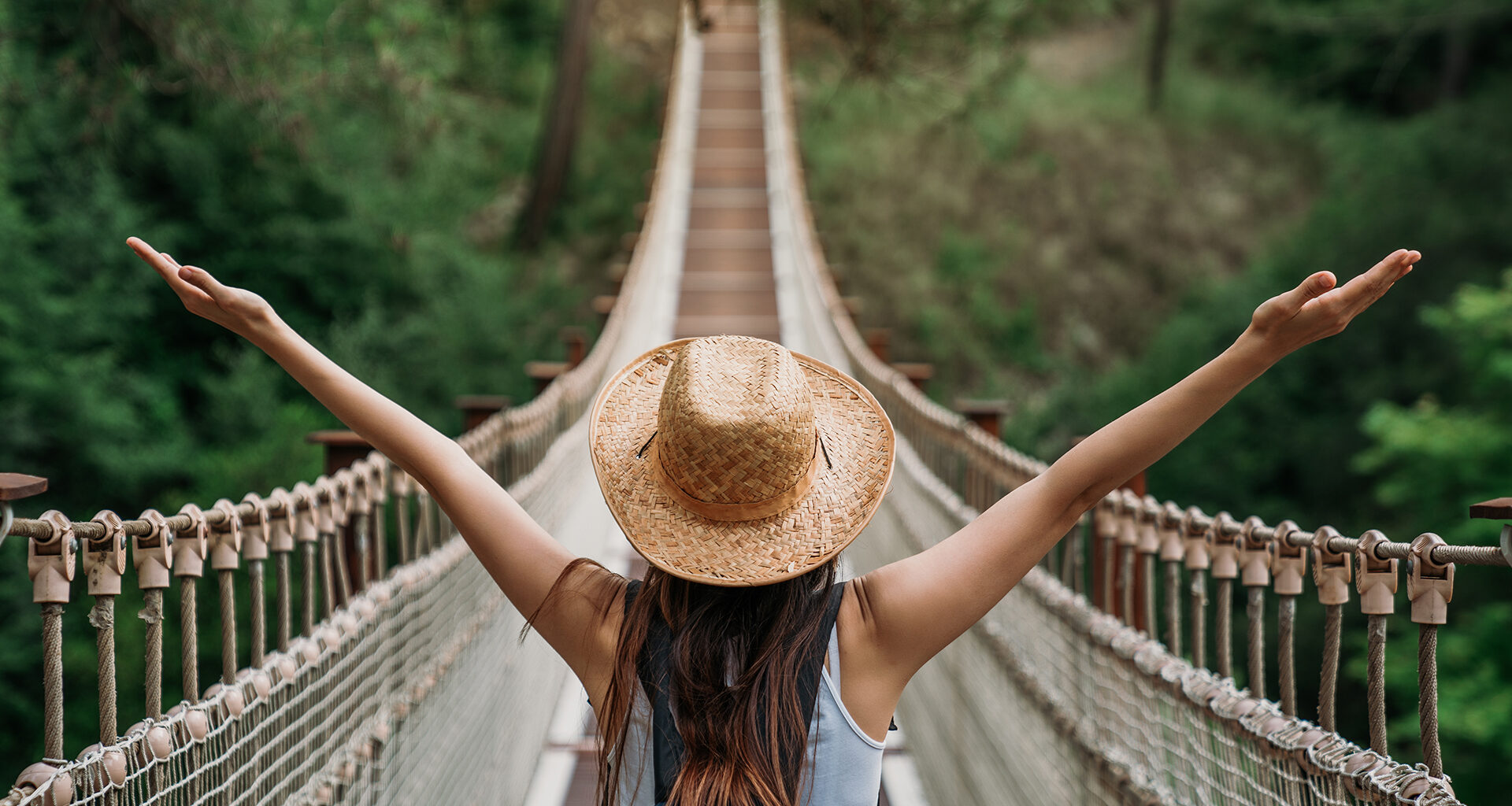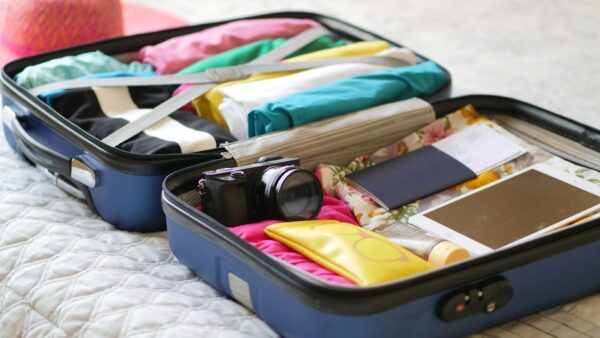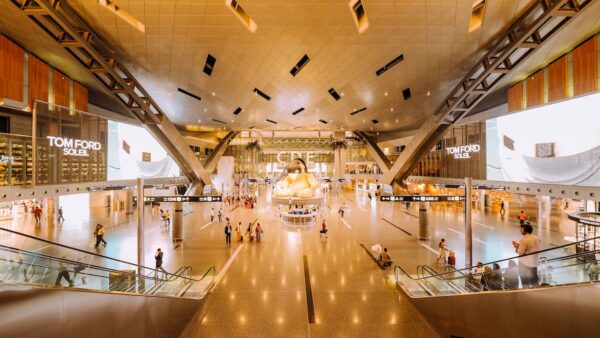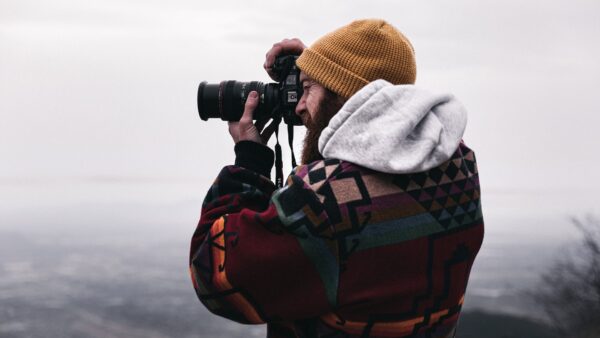There’s something special about arriving at a place you’ve never been before. You start filling with anticipation and excitement as you await passing under the Arc de Triomphe de l’Étoile in Paris or seeing the gates of Buckingham Palace in London. But as you make your way to the perfect spot to get a good view, you get elbowed by a couple holding up a selfie stick or get shoved by someone who’s video recording.
By now, this is an occurrence all travelers have already experienced. As you step aside, disappointingly making way for the people to finish with their vlogs or take their selfies, your long-awaited view of these popular destinations get slowly engulfed by wave after wave of tourists doing the same thing.
Welcome to the world of visual social media!
Instagram has transformed our travel behaviour
With over a billion users posting images, most of which are travel-related, Instagram has treated us with a visual feast of dramatic landscapes, pristine waters, and stunning urban cities.
To truly understand the impact of the app on the travel industry, a survey from Schofields found that about 40% of people under 33 consider the “Instagrammability” of a destination when choosing which ones to visit, prioritizing it more than the costs and the food. Further, the survey says even opportunities for sightseeing ranked very low on the priority list.
Another poll made by holiday operator Away Resorts has shown that around 30% of us have visited a place solely to take pictures for Instagram, half of which come from the 25-34 demographic. And indeed, a survey by the popular sports retailer Decathlon has reported that 37% of the job seekers in the 18-35 demographic have started looking for work that offers travel opportunities partly so they can boost their Instagram feeds.
Even the destinations themselves have started appealing to the “influencer” market. The small alpine town of Wanaka, New Zealand launched a campaign inviting Instagram users with thousands of followers to post pictures – the town saw the fastest growth in tourism at around 14%.
The cost of taking the perfect selfie
The result of this Instagram craze is increased footfall even in the most obscure destinations. Once the Trolltunga rock formation that stands 2,300 feet above Lake Ringedalsvatnet in Norway is one of the country’s best-kept secrets, now you can find countless images of it in the app. Small towns that travelers just drive through have now become major tourist attractions because Instagram users have tagged them as ‘quaint towns that offer an immersive cultural experience’ or any variation thereof.
Of course, the problem isn’t that they’re now getting attention. It’s that the increased traffic has damaging consequences in the landscape.
Overtourism, especially in more sensitive places, comes with a heartbreaking price. In an article published in AFAR, they enumerate the new rules being introduced to avoid overtourism: ”…Machu Picchu introduced a stricter ticketing system and Venice announced a visitor tax. Now, an extremely recognizable natural landmark in the United States has joined the expanding list. For the first time ever, travelers must pay an entrance fee to visit Horseshoe Bend, a regularly photographed spot in Arizona’s Glen Canyon National Recreation Area where the Colorado River takes a dramatic U-shaped turn.”
More journalists have started looking into the negative impact of site crowding. One is an article written by Nithin Coca and published by Yale University, explaining the toll of tourism in Southeast Asia: “From Thailand to Bali, a huge increase in tourists, many from China and other rapidly developing economies, is straining sensitive ecosystems to the breaking point. Some countries are trying to control the boom, with a few closing popular destinations to allow damaged areas to heal.”
Apart from the ecological threat of increased traffic, there is also much to say about the accidents taking the perfect shot has caused.
At Trolltunga, a 24-year old tourist lost her balance as she was taking a photo standing close to the edge of the cliff. In 2018, a couple fell to their deaths in Yosemite National Park at an unfenced overlook a month after a man fell from a height of 800 feet in the same park. Many more accidents have happened while trying to take the perfect shot for social feeds, some of which are at the same place only weeks apart.
Social media isn’t fully to blame
Having said all of these, it’s important to acknowledge that there are other factors involved in how destinations have now been shaped by our need to post pictures.
We can start throwing terms like the “bandwagon effect” or the “snob effect,” described by Matthew Karsten from The Expert Vagabond as a phenomenon when “people choose their destinations based on what’s currently trending, while others try to be “cool” by picking destinations that aren’t as popular. Either way, social media is influencing their decisions.”
However, this is also partly because of another social phenomenon many marketers, and now influencers, have started using – FOMO or the fear of missing out.
FOMO has conditioned us to think that we should be doing the same thing as the influencers are doing. The algorithm also doesn’t help things along, pushing certain images on top of the feed. So if you want to get those likes, you just have to milk the same type of post because it works.
We also can’t fully discount the fact that much of our rude behavior in travel now has actually always been there, and social media just amplified it. We can be ignorant and destructive offline, but now we have the photos to show it.
So how can we solve this?
There is so much to dissect – Do we need stricter tourism laws, should governments find ways to properly manage an influx of tourists? Should “influencers” be more careful about what they choose to post? Or should we just accept that not all places will remain undiscovered?
Truthfully, no one really knows. But it doesn’t mean that we can’t do our part in making sure these destinations preserve their beauty. Something as simple as cleaning up after ourselves, respecting the site, and making way for each other makes a whole lot of difference.
We need to forego treating travel as a competition as to who got the perfect shot or who visited the most obscure place. Believe me, no one’s keeping score.




